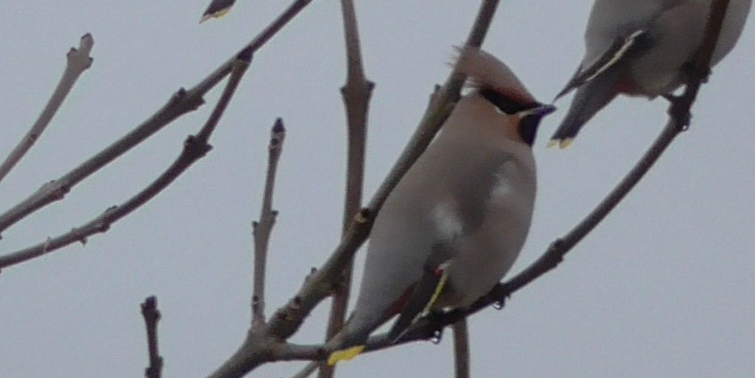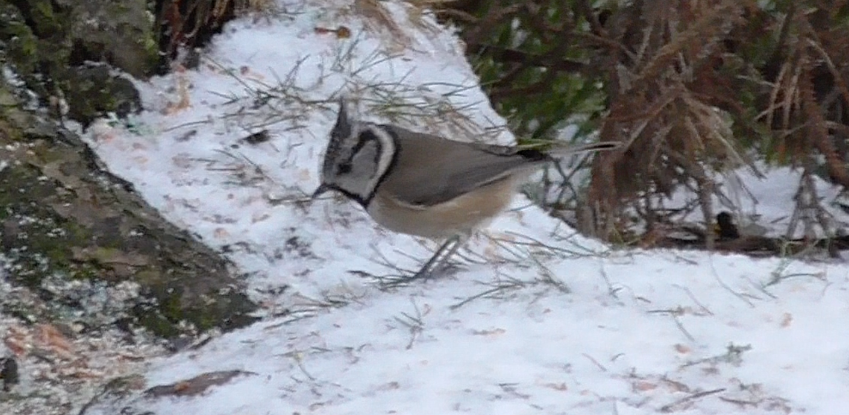
Waxwings and Starlings
Over the February half-term, I had some very good birding experiences. On the 18th, me and my mum travelled to Bull Lane in Matlock to see some Waxwings that had been reliably seen over the past week. They are stunning birds and were very easy to see. This is the first time I’ve seen them properly, I saw them last year at school but I was in a lesson and the windows were almost impossible to see out of! We counted a total of 19 individuals. The birds were quite reluctant to come close and were mainly perched chattering in the ash trees, but they did once come down to eat berries from a rowan tree in someone’s garden. We also saw several Redpoll.
The Waxwing is a winter visitor to the UK. It is an irruptive species so some years there will be loads around and others (like this year) there are not many. They are attracted to Britain by the berry crop as during the winter time, this runs out in their Scandinavian breeding grounds. Recent annual ringing totals for the species number around 1000 birds and some ringers fit them with a unique combination of colour rings. The Bohemian Waxwing has a smaller North American cousin, the Cedar Waxwing, which is a rare vagrant in Britain. The latin name Bombycilla garrulus means talkative silktail.
Another great experience I had was seeing the Starling murmuration in Parwich village. I was lucky enough to go twice: the first time I went, there were several Sparrowhawks trying to pluck off any stragglers and the second time there was a Peregrine and even more Sparrowhawks! The shapes they made in the sky were absolutely stunning! They started to gather at around 5 o’clock and mumurated from 5: 30 until around 6 when they all tumbled down into roost in a laurel hedge. We were really close to the roost site and the noise (and smell) was amazing! It’s pleasing that I have now seen a proper Starling murmuration.


